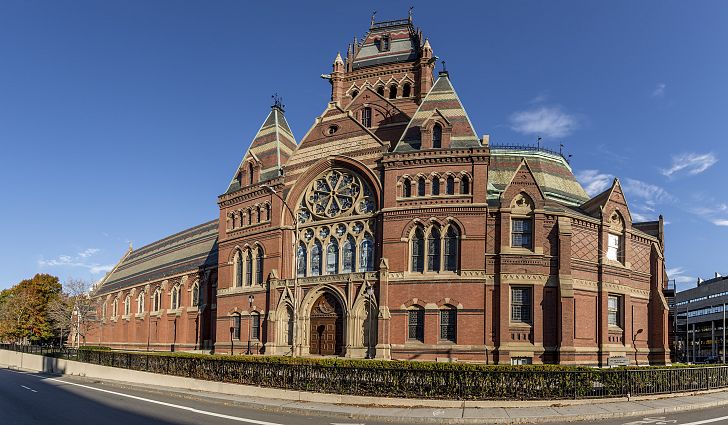
Advertisement
Widely regarded as one of the most prestigious universities in the world, Harvard sure made a serious mistake when it decided to throw what ended up amounting to more than $1 billion in investment cash at an agricultural plantation project in northeast Brazil that reportedly ended up becoming an absolute failure.
Also the world’s richest university, Harvard apparently thought that it could somehow sidestep the pitfalls that other universities had already encountered with the project – conveying that iconic arrogance and self-superiority for which Harvard is also prominently known. In the end, the whole project basically collapsed, and one of the largest investments the school ever made towards this type of venture all but vanished into thin air.
According to people familiar with the matter who spoke to Bloomberg on the condition of anonymity – they have to save face, after all – the initial investment made towards the project was at least $150 million. But by the time the venture had failed, Harvard’s current endowment chief, N.P. “Narv” Narvekar, wrote down the value of the school’s globe-spanning natural resources portfolio by a shocking $1.1 billion, bringing it to $2.9 billion.
What the project entailed was a large agricultural investment holding in one of the poorest areas of Brazil that aimed to further fill the coffers of Harvard’s massive endowment. Poor people in the remote forests of northeast Brazil would grow tomatoes to make tomato paste, and sugar and other products to make ethanol. The hope was that the profits from all of these products would outpace those of normal stocks and bonds – but it didn’t work.

Harvard has mismanaged donor money many times in the past
This isn’t Harvard’s first toilet flush of donor money, though. There have been many occasions in which the Cambridge, Massachusetts-based institution of higher learning squandered donor cash on projects that never panned out in the end. And it all stems back to the misguided belief among Harvard’s “finest” that they’re better, smarter, and more intelligent than everyone else, in every area of life.
According to Thomas Gilbert, a finance professor at the University of Washington, Harvard’s many, many financial mistakes over the years all stem back to one single miscalculation, if you will: The belief among Harvard’s money managers that they were fully capable of managing all of the potential risks involved with investing. And between the years of 2010 and 2014, these money managers were given a whopping $242 million to nurture their personal delusions in this regard.
“They became loose cannons,” Gilbert is quoted as saying. “When you’re managing donor money, it’s appalling.”
What’s more, even when Harvard isn’t losing money year after year, it routinely performs at the bottom of the barrel compared to its peers. Over the past decade, in fact, Harvard posted a 4.4 percent average annual return on its many investments, which represents the worst figure out of any of any institution in its class.
Harvard even performs poorly in the simplest type of investment: A market-tracking index fund holding 60 percent stocks and 40 percent bonds. According to the official numbers, Harvard’s returns in this area of investment are a paltry 6.4 percent annually, which is most certainly nothing to brag about.
Harvard has failed in trying to invest in California vineyards. It failed with Central American teak forests. It failed with cotton farms in Australia. It failed with a eucalyptus plantation in Uruguay. It failed with timberlands in Romania. The moral of the story: Harvard has become an absolute failure of an institution, at least with regards to money management and investing.
“The natural resources portfolio was supposed to be the crown jewel,” stated Joshua Humphreys, president of the Croatan Institute, a non-profit group that focuses on sustainable capitalism. “But they (Harvard) were known for taking outsize risks, and those can cut both ways.”
Sources for this article include:
Submit a correction >>
This article may contain statements that reflect the opinion of the author
Advertisement
Advertisements















